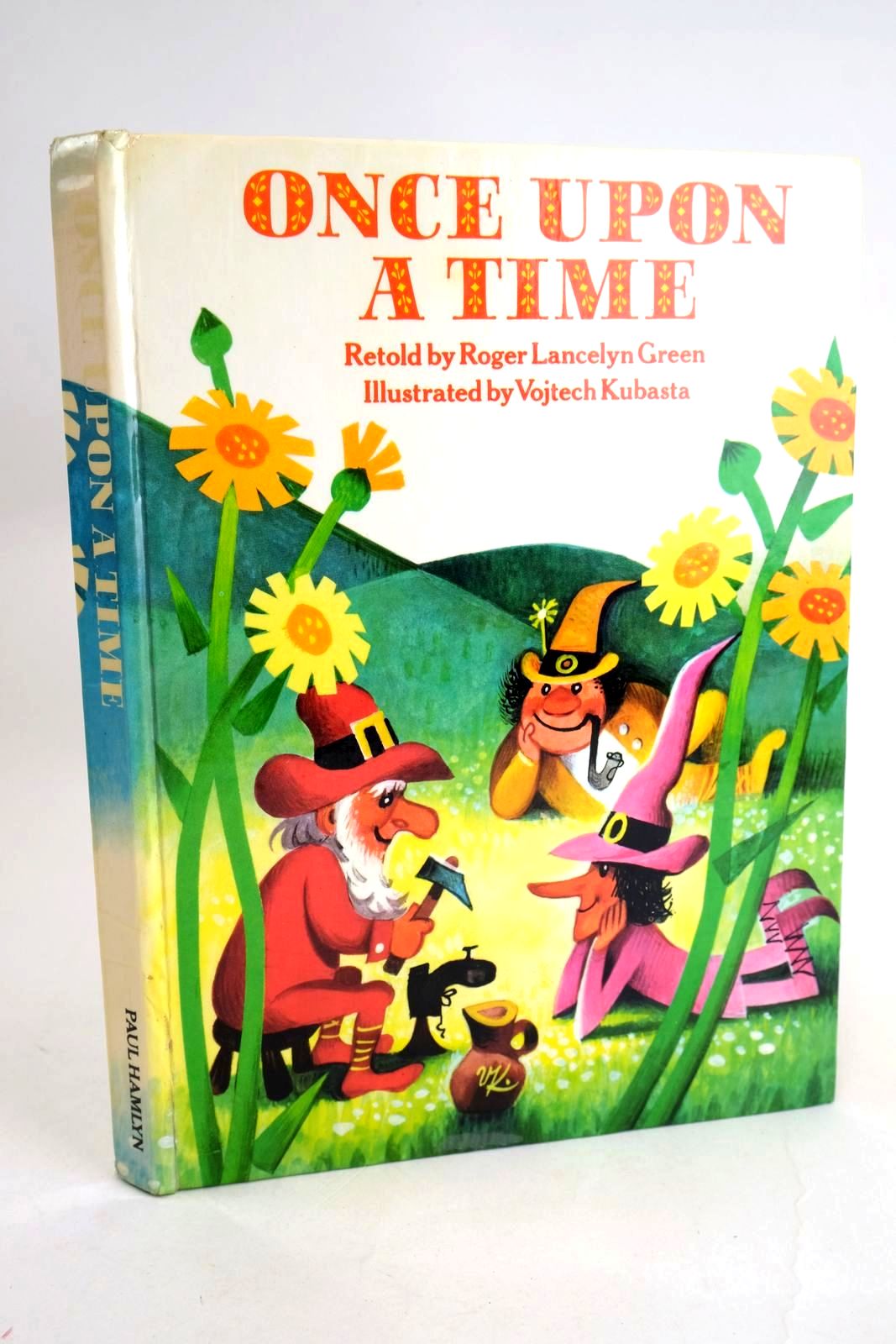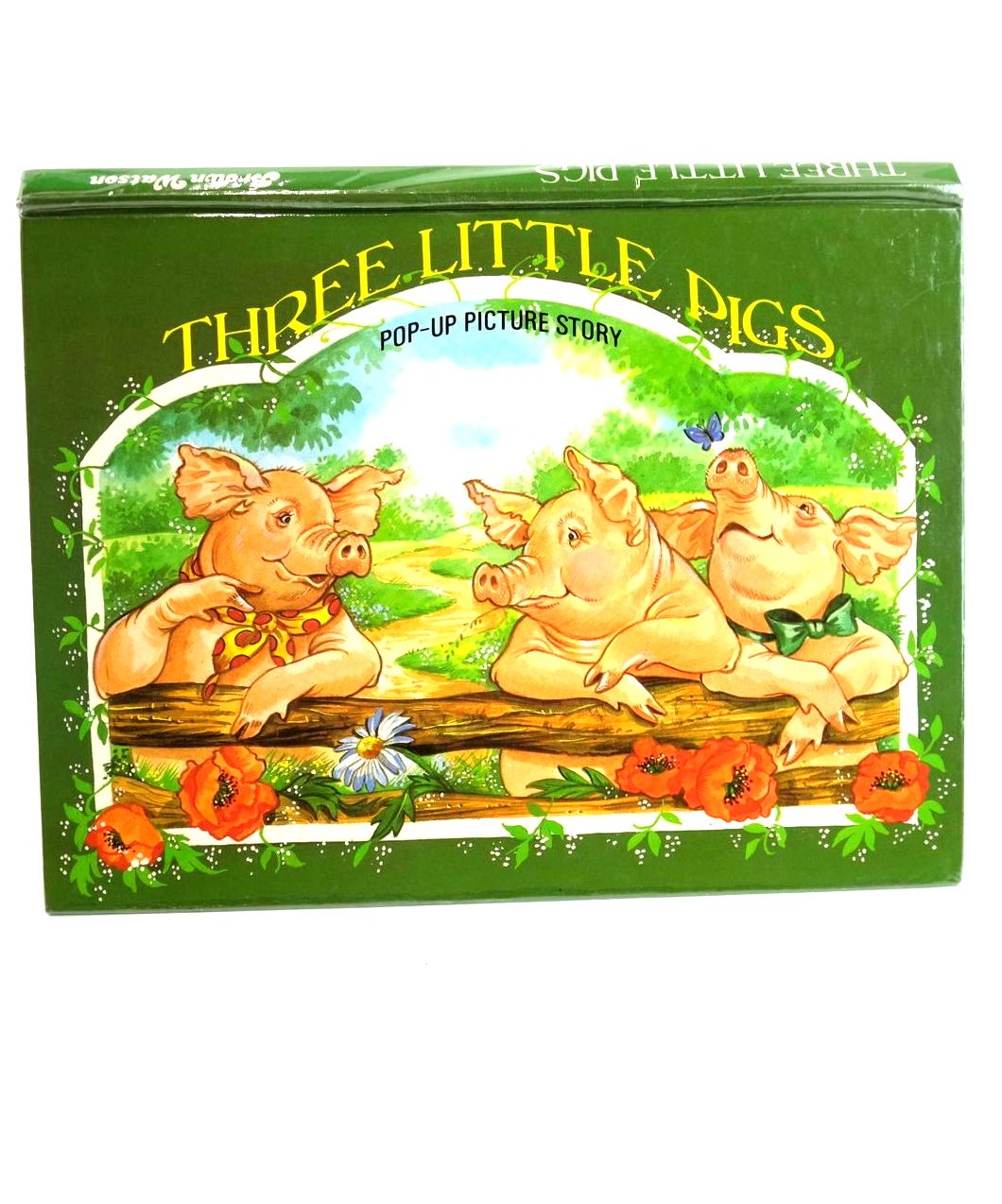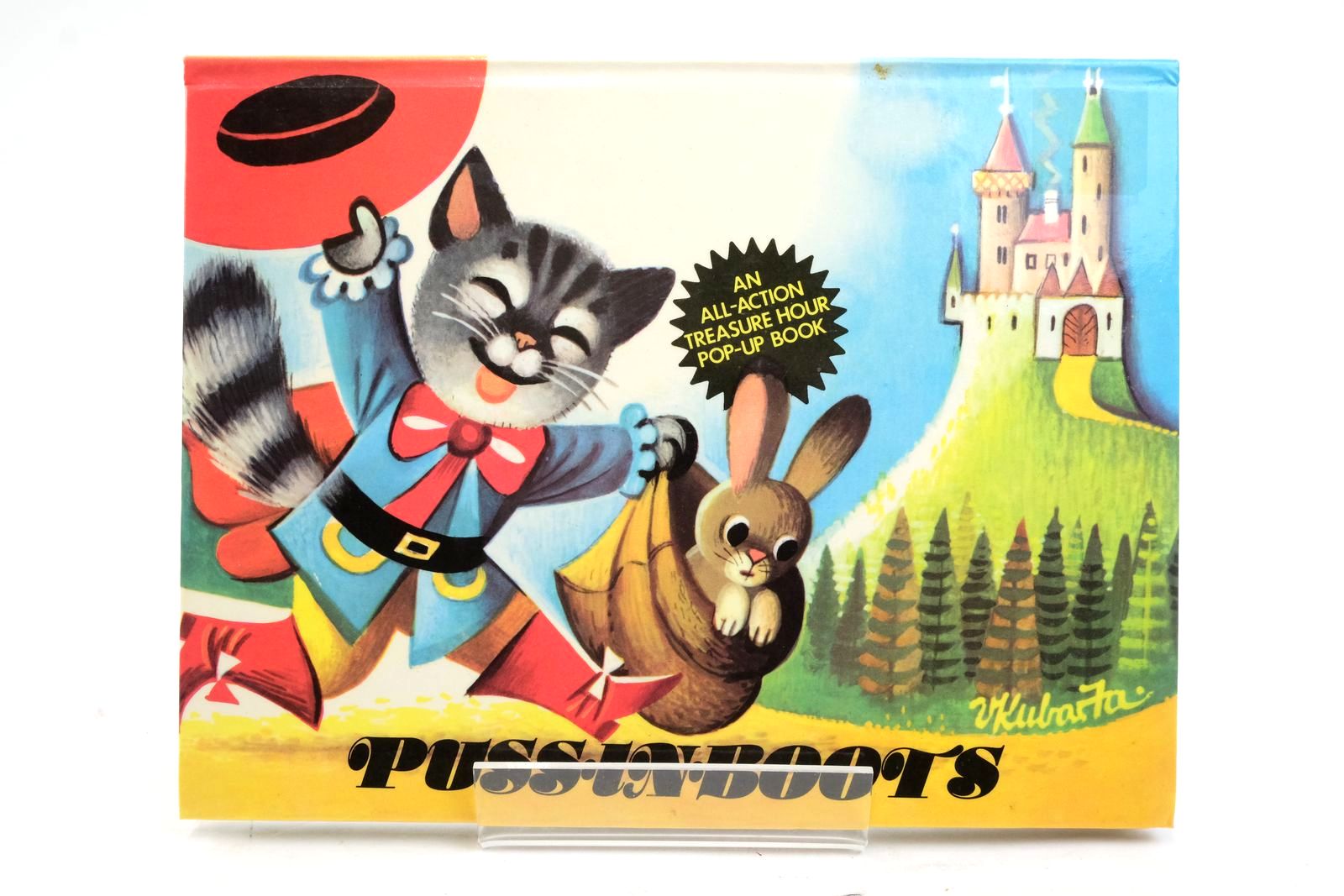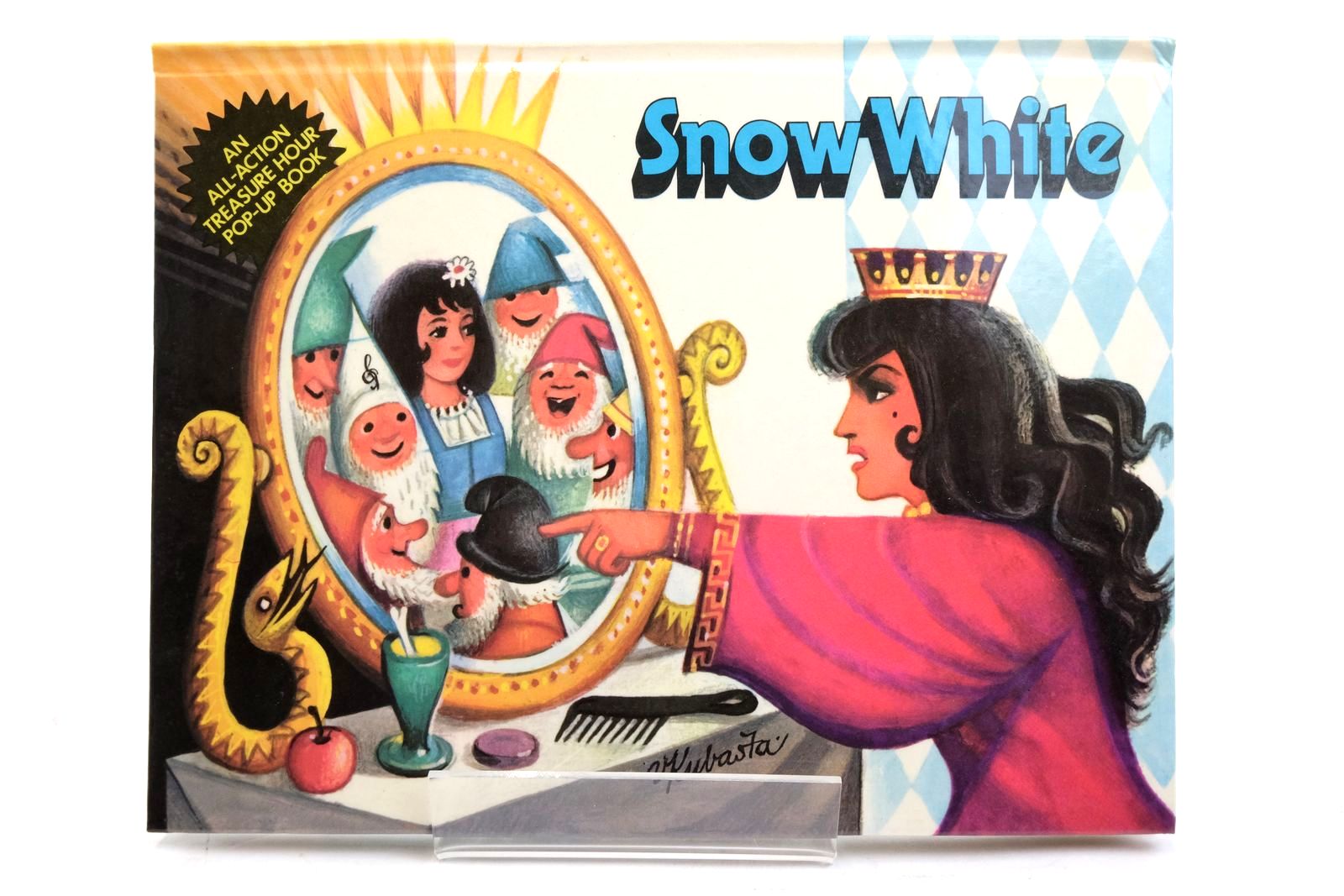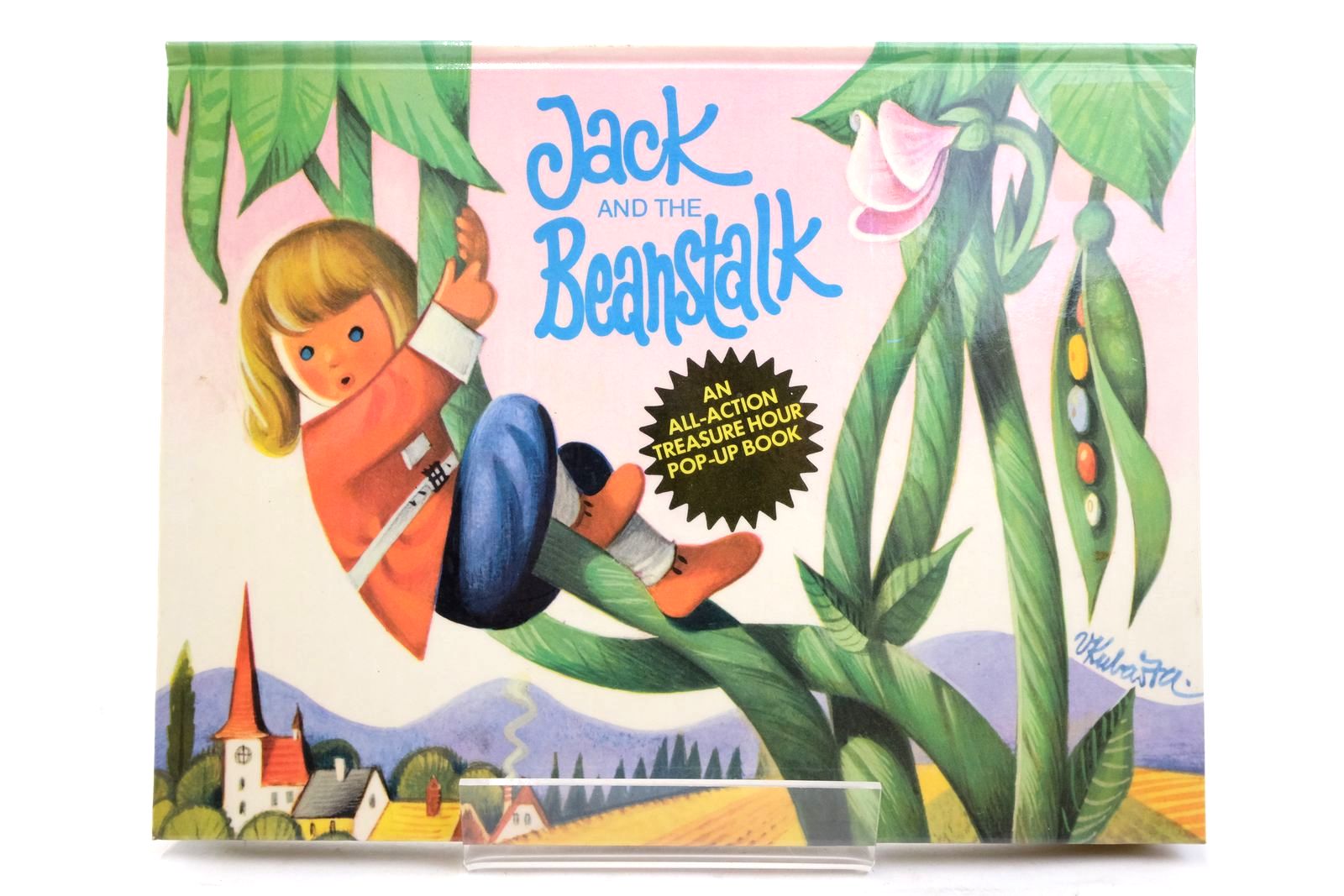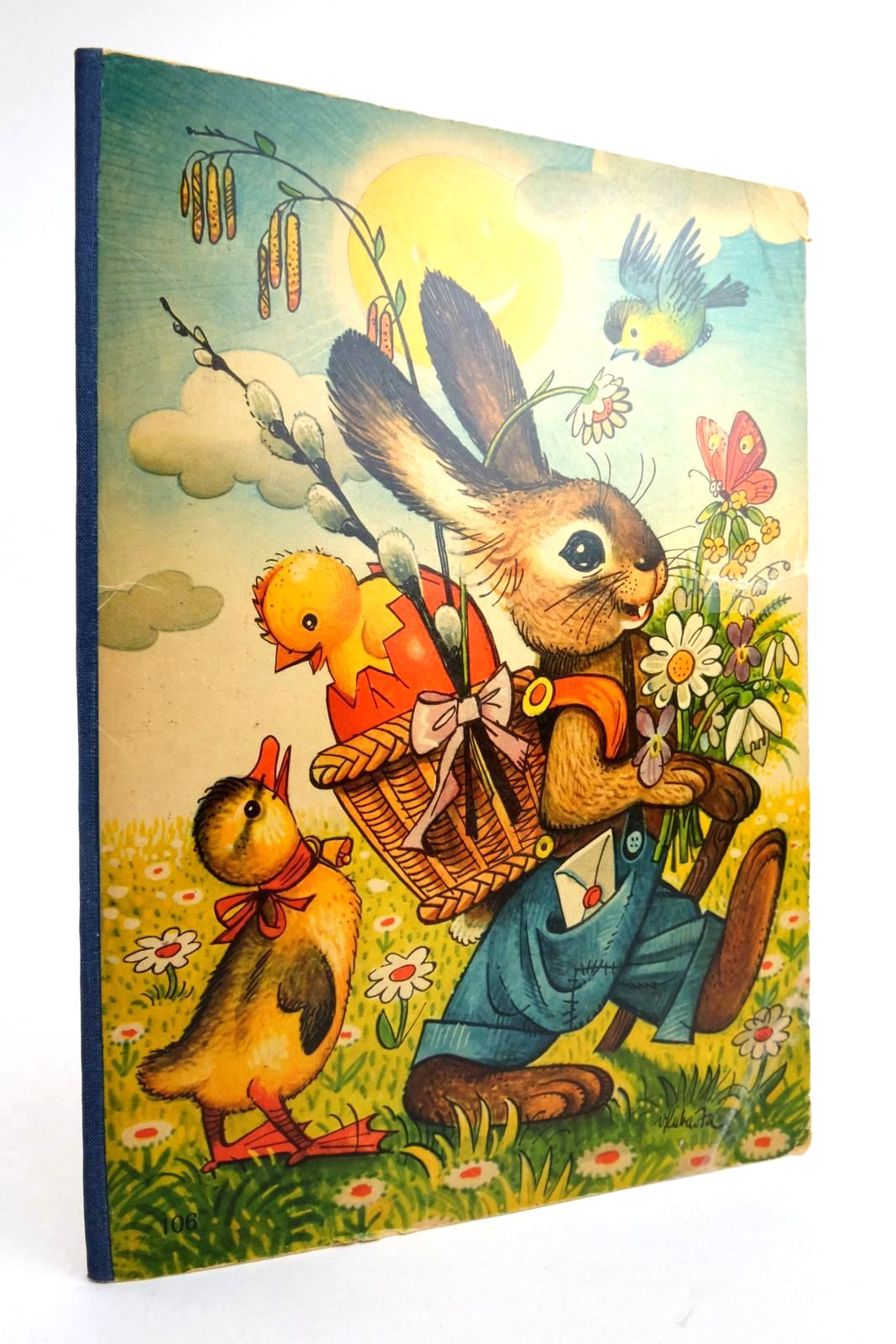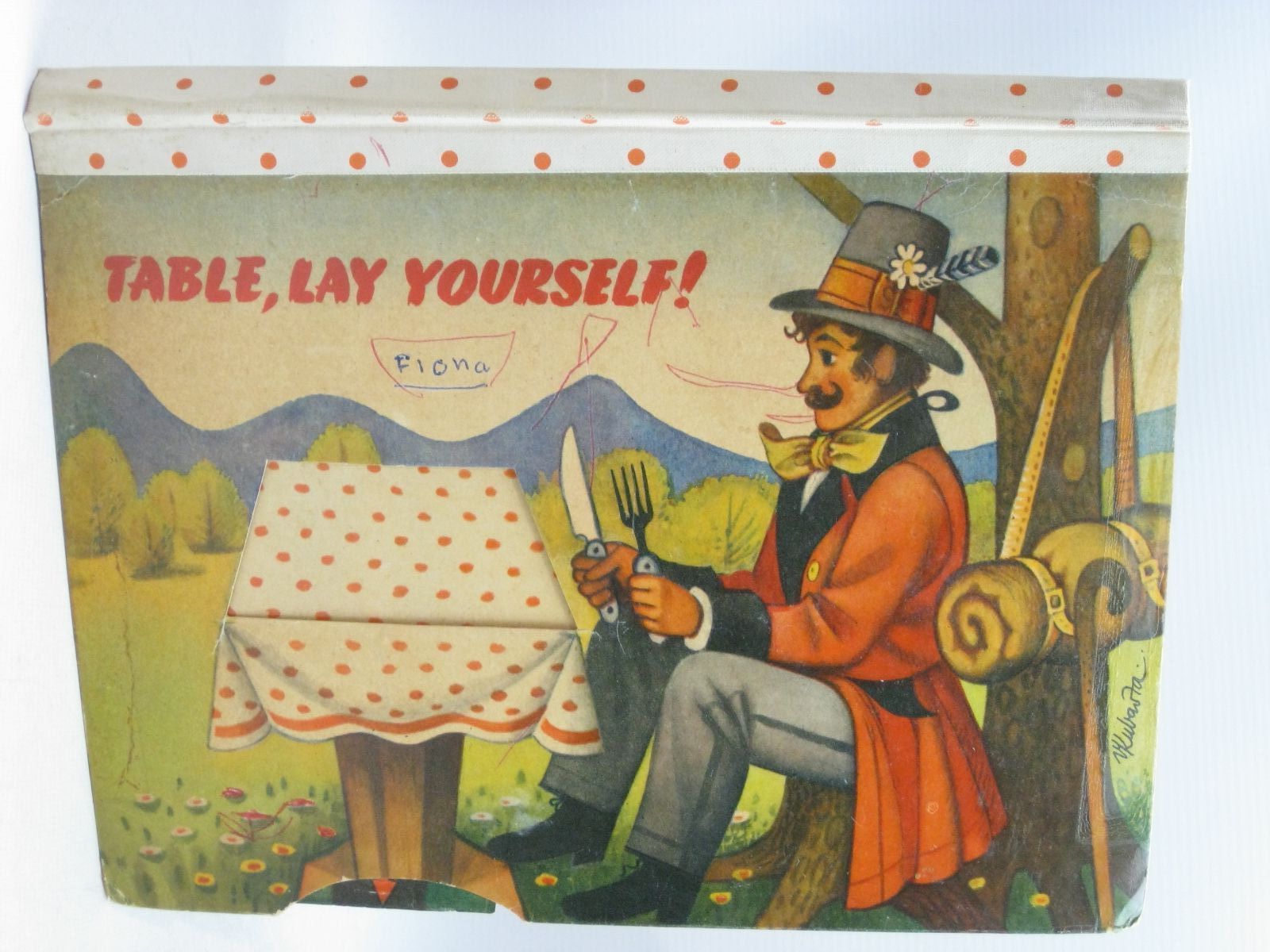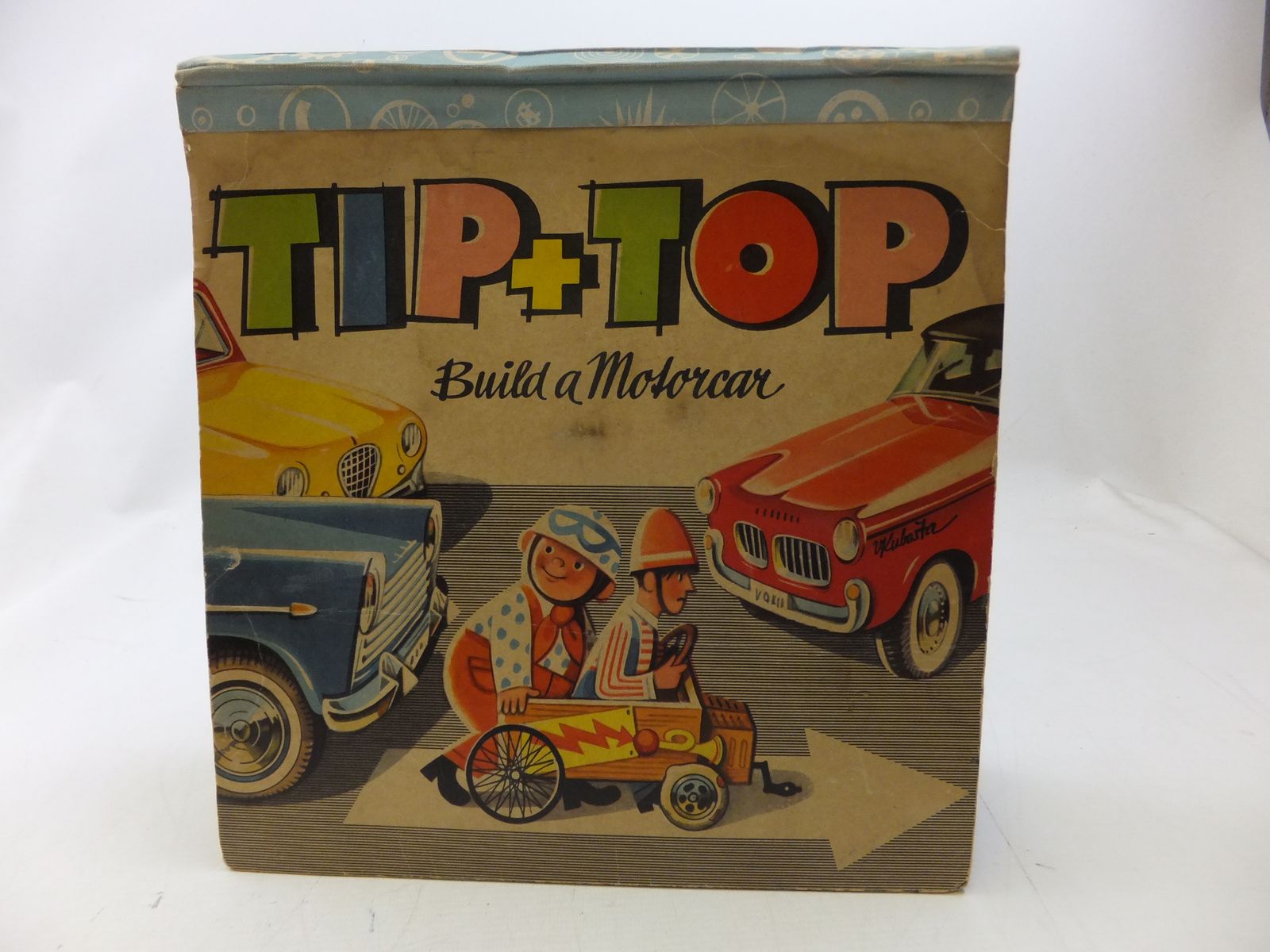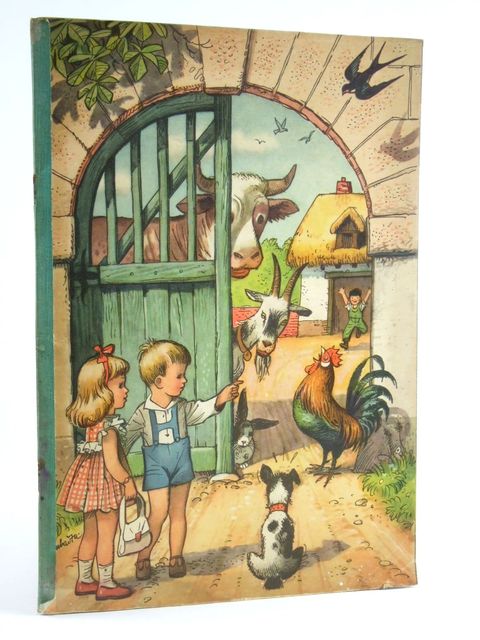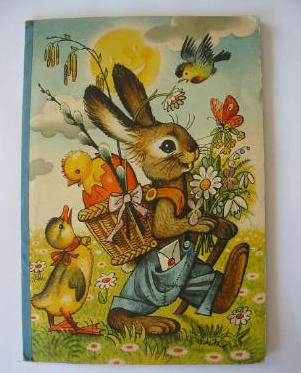The Fairy Tale books of Vojtech Kubasta
 Vojtech Kubasta was born in 1914 in Vienna and moved with his parents to Prague when he was four. He lived in Czechoslovakia for the rest of his life and became best known for the many pop-up books he created.
Vojtech Kubasta was born in 1914 in Vienna and moved with his parents to Prague when he was four. He lived in Czechoslovakia for the rest of his life and became best known for the many pop-up books he created.
As a young boy Kubasta showed great artistic talent and wanted to be an artist but his father had other ideas – he wanted his son to be a lawyer. A compromise was reached and Kubasta studied architecture which was then considered more of an artistic subject than technical discipline. He graduated in 1938 with a degree in architecture and civil engineering. His career as an architect was short lived as from the early 1940s he worked as a commercial artist and book designer.
After the communist government nationalised the publishing industry in 1948, Kubasta became involved in designing advertising material to promote Czech products abroad. He created three dimensional cards to advertise porcelain, Pilsner beer, pencils and many other products. He also created a Christmas scene each year and then in 1956 his first fairy tale pop-up, Little Red Riding Hood was published by Artia the state run publishers.
During his lifetime Kubasta produced over three hundred titles which are available in over 37 languages. Some of the titles are fairly rare such as the Tip and Top books but others like the Fairy Tales are more readily available both in original form and later editions.
At first glance the Fairy Tale books look to be very simple. Kubasta used a simple format with a theatre type setting. The text at the bottom of the page was parallel to the spine and the card folded again and again to create the pages. He used a slanted cut to give a three dimensional element that could extend over the page edge. Added to these were occasional moveable elements if Kubasta thought them necessary, and there you have apop-up version of the fairy tale. There is much attention to detail in these books and each scene is a work of art in itself.
One of my favourites is Cinderella. This has a moveable to the front cover showing Cinderella transformed from her normal clothes to her ball gown. The story is familiar to many and is enhanced by the eight detailed pop-up scenes moving the story from the introduction of Cinderella's step mother and sisters (not a pretty sight); through her transformation by the Fairy Godmother so that she can go the ball where she entrances the Prince. Later we see her back in her rags again trying on the glass slipper. Here is it worth noting the expressions on the faces of the various characters. The Ugly sisters and their mother are obviously displeased that Cinderella is allowed to try on the slipper. Of course she couldn't be the mystery girl the Prince danced with at the ball as she was at home not at the ball! The Prince looks on hoping he can find the girl. Cinderella knows that the slipper will fit and her father, peeping out from behind a pillar looks hopeful that his daughter could be THE one. The slipper fits Cinderella's dainty foot and she and the Prince live happily ever after.


In Hansel and Gretel the first two scenes show very contrasting forests. In the first scene there is blue sky, the trees are more open and the animals (a dog and a squirrel) are friendly looking. In the next scene the trees are closer together and it looks dark. The animals are fierce looking and indeed, menacing faces can be seen in the trees themselves. I think my favourite scene in this book is the fourth, showing the inside of the witch's cottage with the fireplace made out of pastries of all shapes. Like Cinderella a couple of the scenes in this book have moveables and one which I nearly missed is in the waterfall scene. Here Hansel and Gretel are helped across the water by a swan which does indeed move!


In Puss in Boots there are hints on each page to tell you what to move. In the first scene Puss looks very pleased with himself as he gets the fine clothes he needs in order to put his plan into action to make his master's (Peter) fortune. Here it is the tailor who can be made to bow. In the second scene it is the King's turn to bow to Puss who brings him partridges and rabbits. In the third scene Peter is swimming in the river and the King gives him some fine clothes. Next we see Puss telling the villagers to say the land belongs to his master rather than Zorocastes the Magician. Puss then goes to see the Magician to make him disappear so his master can really have the land. This scene is cleverly done by pulling a tab gradually out to show the magician changing to a lion and then a mouse which Puss gobbles up. So all ends well when in the final scene the King and Princess along with Peter arrive at the magician's home in a fine carriage.


It is the expressions on the faces of the three pigs that amuse me in The Three Little Pigs. In the first picture the three pigs have tried to build a house together, each using their preferred material – straw, wood and bricks. Pig number three looks decidedly grumpy and unamused whilst Pig 2 looks very upset at what they have produced. So the three pigs go off to build their own houses. Pig 1 in the second scene is rather alarmed to see the wolf who comes and blows the house down. If there were sound effects in this books we would no doubt hear Pigs 1 & 2 screaming in the third scene as the house of wood is blown down. In the fourth scene two of the pigs are looking really worried whilst the third pig is laughing because he knows his house of bricks is safe from the wolf. There is also a rather sinister looking owl in this scene! The story of course ends happily for the pigs if not for the wolf and we can see them looking really pleased with themselves in the last scene.
Kubasta produced many other pop-up books, some of which only have one pop-up – but what a spectacular pop-up! Ricky the Rabbit is one such book. The story tells of Ricky reluctantly waking up from his winter sleep in order to go to Mother Hen's to paint Easter eggs. The pop-up at the end of the book shows this activity. Peter and Sally at the Farm is another example of this kind of book with a lovely farmyard scene complete with stand up figures.


Two boys Tip and Top feature in a series of books. These books were designed to educate children about cars, ships, aircraft and even outer space. Maybe children just see the fun pop-ups but everything in the books is accurate and I daresay children learn whilst reading and examining the pop-ups.
Kubasta died in July 1992 in Czechoslovakia. Many people may not know his name but will have loved the pop-up books he produced.
Contributed by Catriona
(Published on 9th Dec 2014 )


